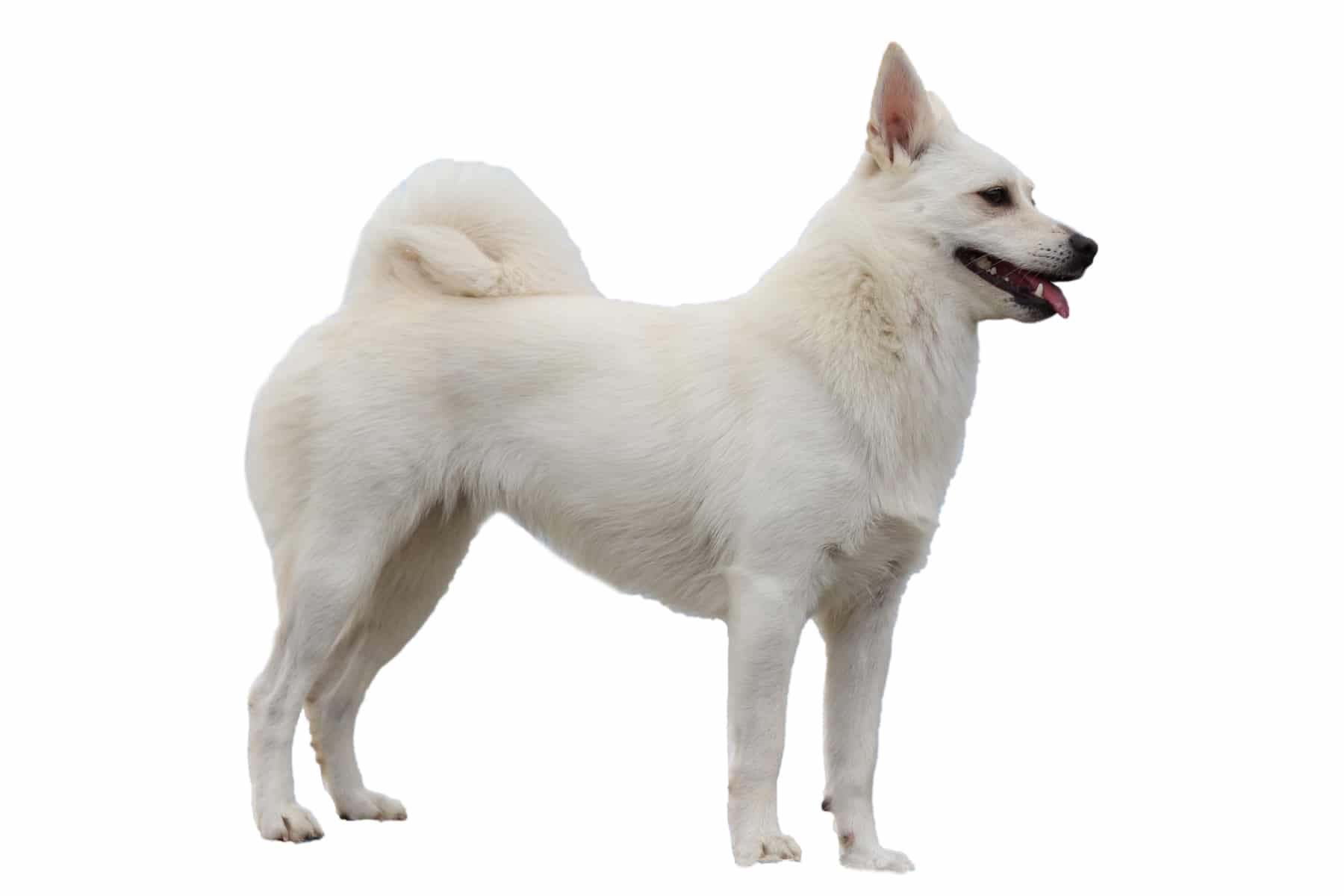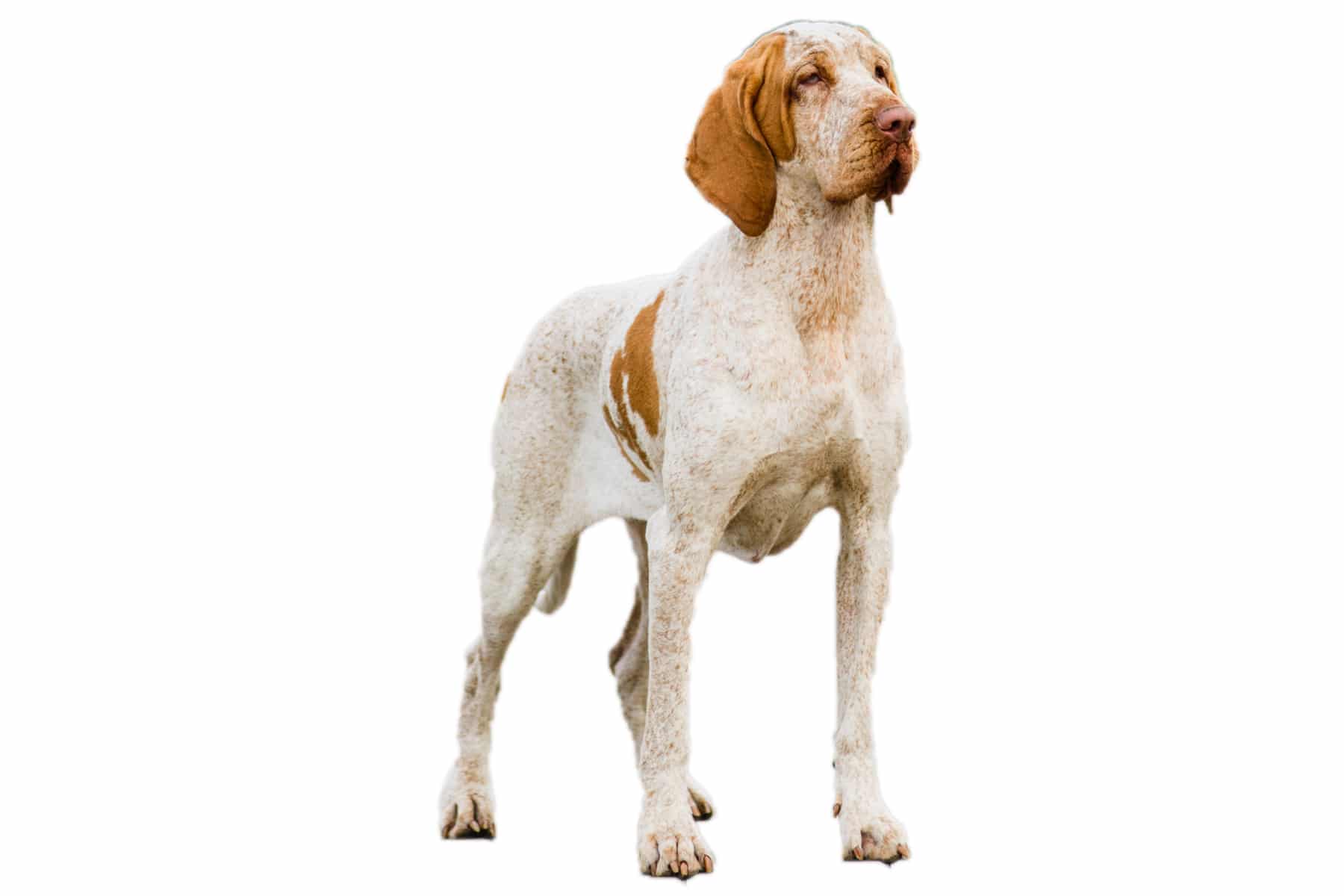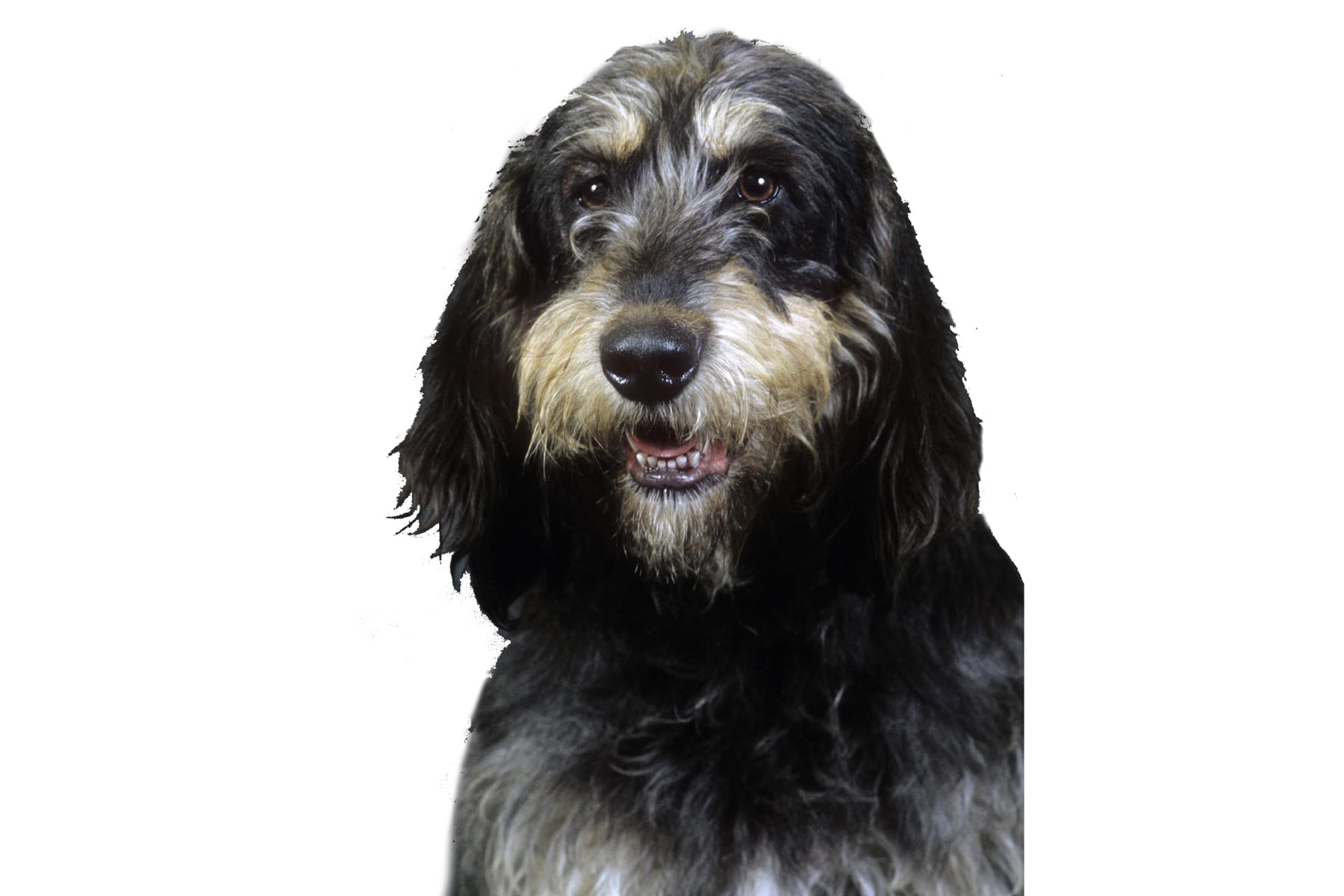Shar Pei
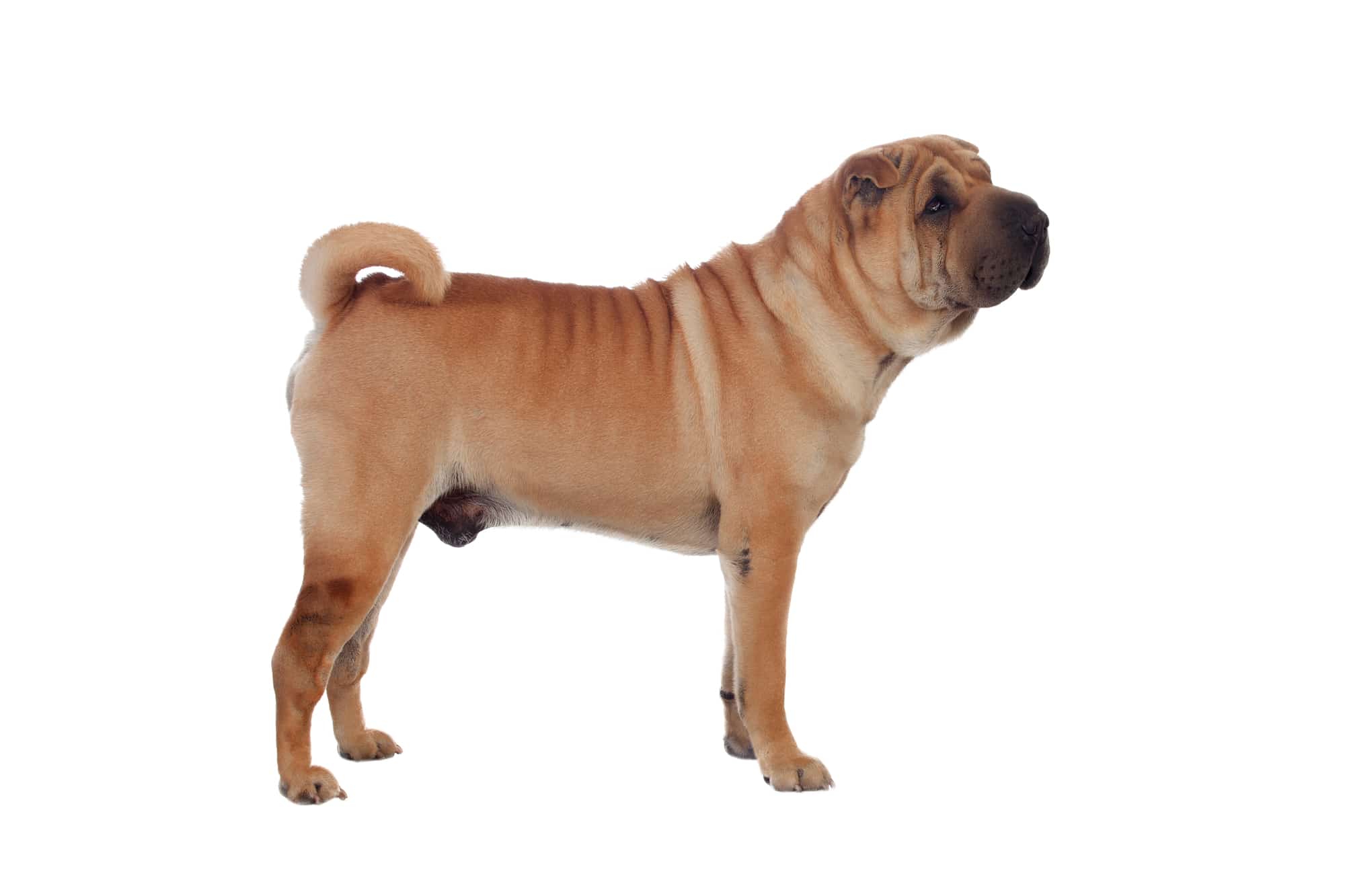
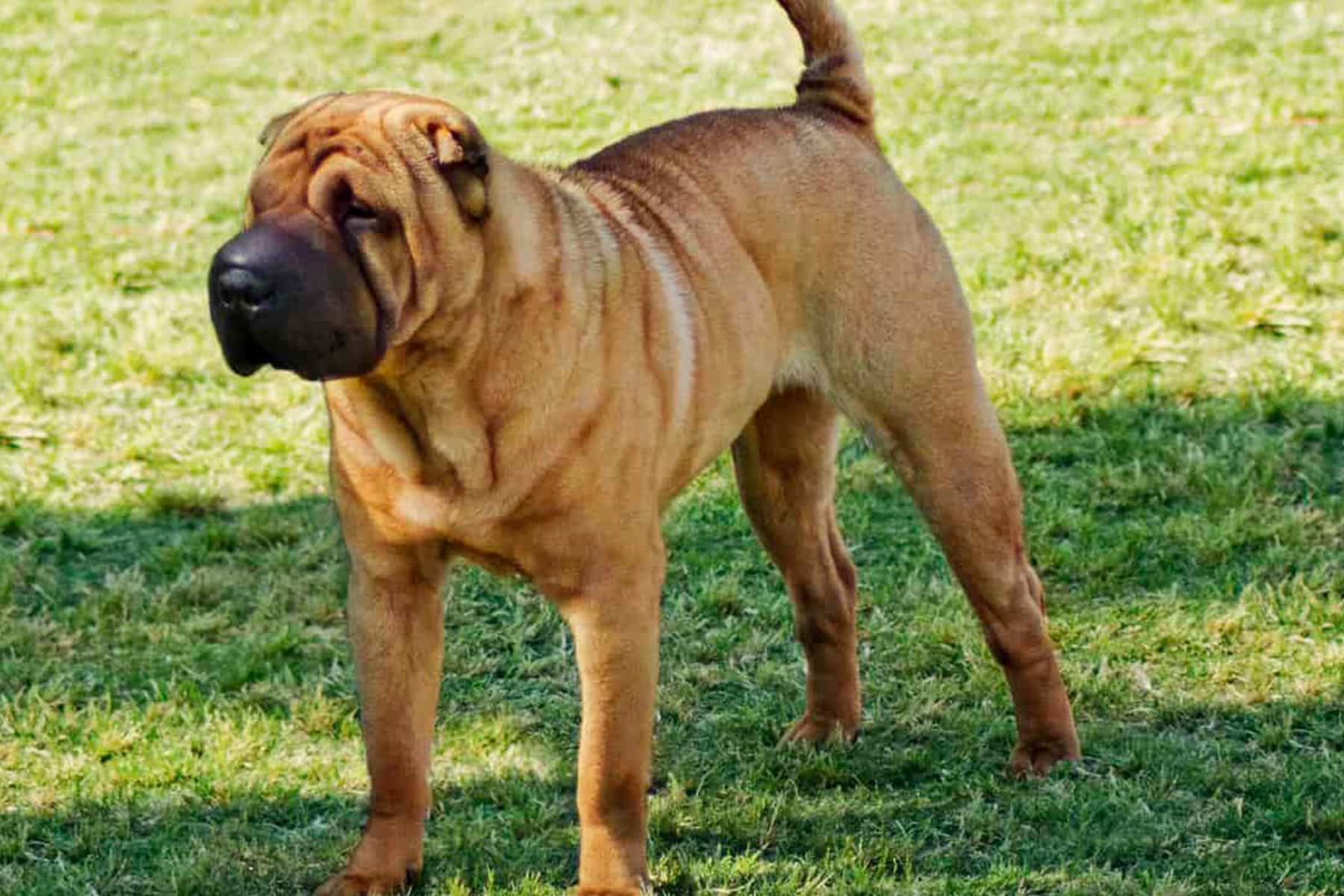
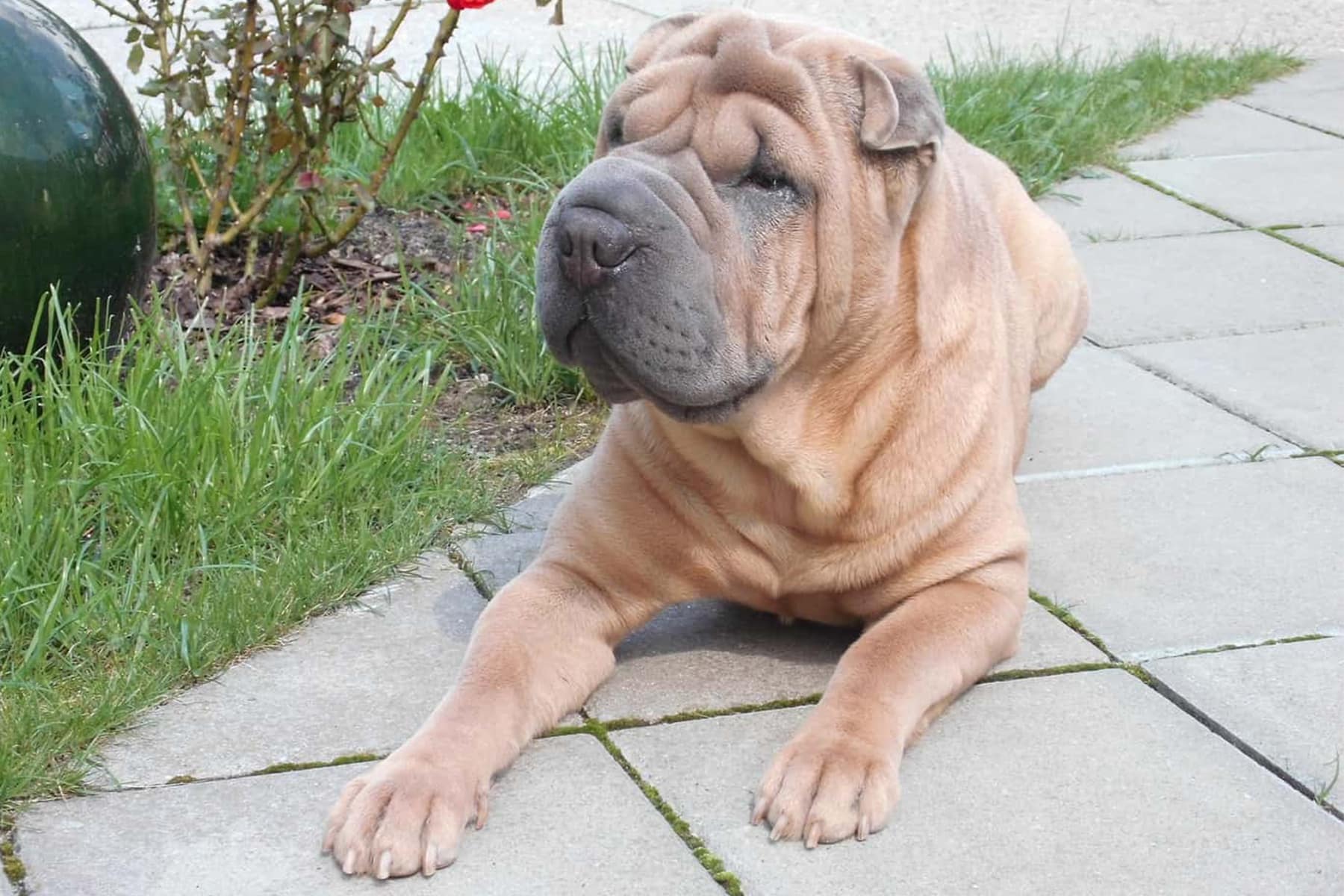
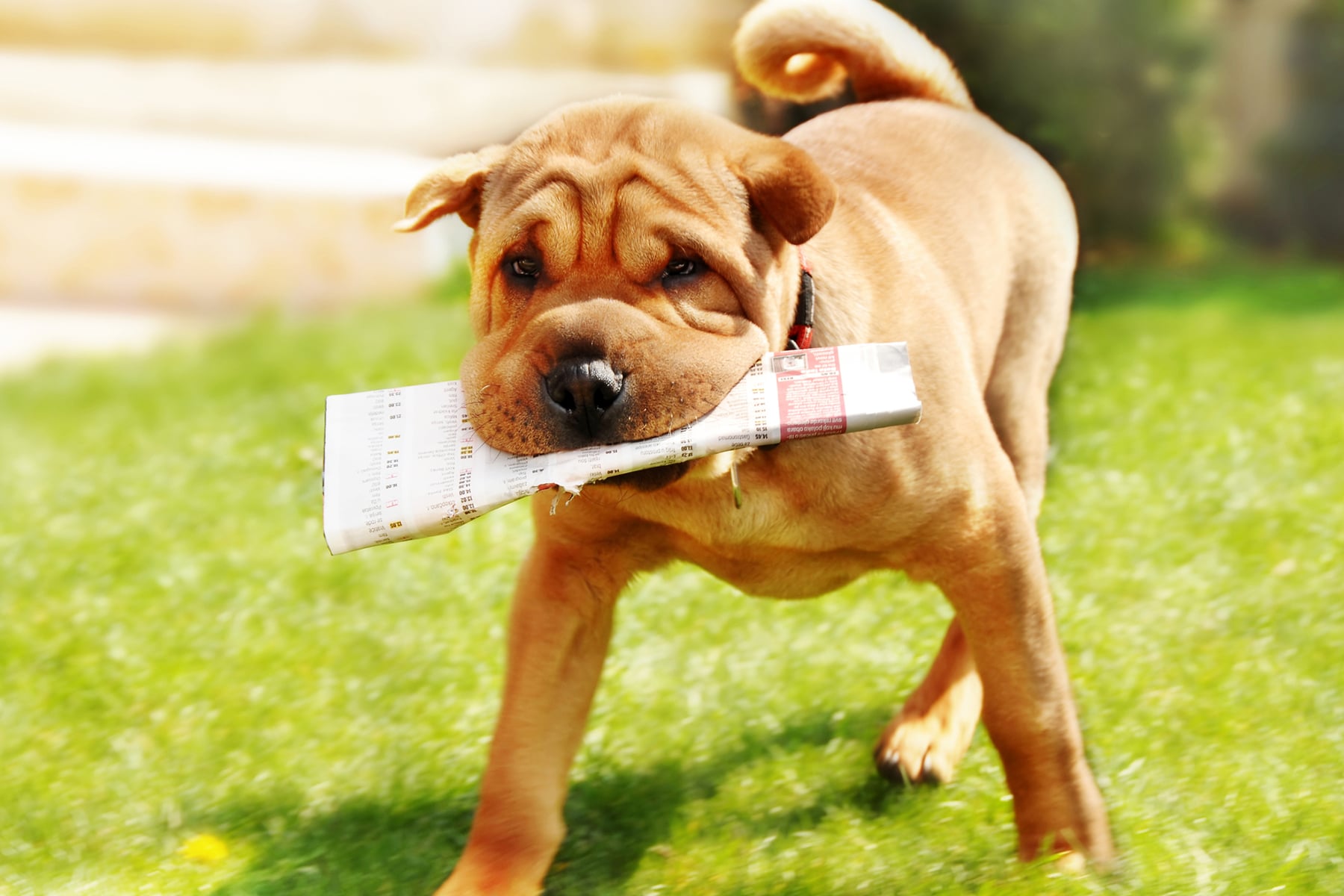
Temperament:
The Shar Pei originally comes from China. This rare dog breed with its skin folds and shell ears is now also known in the western world. The FCI-recognized breed belongs to group 2. The calm and willing Shar Pei prefers to live with a family.
Characteristics
With a height at the withers of 44 to 51 cm, the Shar Pei is one of the medium-sized dog breeds. The body weight is between 20 and 27 kg. Females can reach a height of up to 48 cm at the withers.
The adult Shar Pei has numerous wrinkles on the head and back. The overbred form with extreme skin folds is not desirable as a breed standard. Only the puppies have to "grow into" their skin. This means that the young dogs consist mainly of skin folds.
The small eyes and shell-shaped ears are typical of the breed. The black-blue tongue is striking, similar to the Chow Chow.
The coat is short and rough, without undercoat. The coat color is always solid. The Shar- Pei is available in different colors, e.g. black, cream, sand, lilac or red. There are also various shades of brown. The color white is not permitted by the FCI.
The curled tail fits the overall appearance of the compact Shar Pei. The Chinese wrinkle dog has a life expectancy of 8 to 12 years.
The Shar Pei breed belongs to the Molosser group. This relationship is also reflected in its calm and relaxed behavior.
The ancestors of today's Shar Pei were used as guard and hunting dogs. The genes for these characteristics are still present today. However, the modern Shar Pei is no longer used in these areas.
This breed is an adaptable companion and family dog, characterized by intelligence and willingness to learn. It has a strong will of its own, which can sometimes go as far as stubbornness.
Training must therefore be carried out with consistency and empathy. Despite his strong will, he is very sensitive and does not tolerate pressure.
He is reserved and alert towards strangers. However, he does not show excessive barking behavior. He shows dominant behavior towards conspecifics.
He loves his own family more than anything. Unfortunately, he tends to favor one particular caregiver. He does not like being alone and suffers from separation anxiety. He therefore needs to be trained to be alone from an early age.
The individual character of the Shar Pei is already evident in puppyhood. The sporty type loves jogging, walking, cycling and long hikes. The more leisurely type is content with daily walks and small activities. Sniffing is enough to keep him occupied.
What all Shar Peis have in common is their fear of water. Only occasionally do these dogs go swimming and splashing around voluntarily.
The Shar Pei is prone to respiratory sinus arrhythmia, i.e. its heart rate fluctuates with breathing. When inhaling, the heart rate rises, when exhaling it falls again. In addition, there are breed-typical predispositions to a number of skin diseases such as mucinosis, ear infections, atopic dermatitis, eye diseases, Shar Pei fever, kidney and gastrointestinal diseases.
Coat care:
Shedding:
Energy level:
Trainability:
Children suitable:
The right food
When choosing food, make sure that it contains high-quality ingredients, is balanced and meets your dog's requirements. Age, size or weight, activity and health status play an important role. You should follow the manufacturer's recommendations for the amount of food.
Treats should only be fed in moderation and deducted from the basic diet to avoid obesity.
Puppies can be fed 4-6 times a day. The number of meals should be gradually reduced to 2 per day until the dog is fully grown. A rest period should be observed after meals.
Fresh drinking water should be available at all times.
Health & Care
The Shar Pei is one of the low-maintenance dog breeds. The short coat does not need to be brushed often. The shedding period is also generally problem-free as this breed has no undercoat. During this time, you can support the renewal of the coat by brushing it once a week.
Dust and dirt can be easily removed with a damp cloth or brush. It is not necessary to bathe the dog regularly. There are two reasons for this. Firstly, the Shar Pei hates water and secondly, its coat cleans itself. An exception is, of course, if the dog rolls around in a smelly pond or puddle. However, this is rather unlikely as the Shar Pei does not like water on its body.
Skin folds are also not a problem in adult dogs. Provided it is not an overbred version of this breed. Regular checks are sufficient for normal wrinkling.
Puppies and young dogs require more intensive control of the skin folds. This care is necessary until adulthood. A young dog's coat has many skin folds. These folds need to be checked and cleaned. This care prevents inflammation.
Shar Pei with extreme wrinkling require more grooming. Care of the skin folds is necessary into old age.
The FCI breeding standard avoids this extreme wrinkling.
Claw care is generally not necessary. Regular walking on hard paths means that the claws wear out by themselves. However, if the dog's habitat has areas with a lot of sand or grass, regular claw trimming is to be expected.
The ears should be checked weekly and cleaned with a special cleaning agent. It is best to get your dog used to this as a puppy.
Suitable accessories
A collar and/or harness and a lead are standard accessories for this breed of dog. When buying, you should make sure that the collar and harness do not chafe. It is best to take your dog to a specialist store and try the product on there.
Due to its short coat without an undercoat, it reacts sensitively to various weather conditions. Rain, snow, wind and cold can be better tolerated with a dog coat.
The Shar Pei is very eager to learn. A treat is ideal as a motivation and reward. Look out for low-calorie varieties and deduct the treats from the daily ration, as this breed tends to be overweight.
Depending on the Shar Pei's temperament and age, dog games and appropriate toys are suitable. In bad weather, you can keep your Shar Pei busy with exciting indoor games.
Otherwise, you will need a dog basket or dog mat as a retreat for your Shar Pei, water and food bowl, tick tweezers, claw clippers, brush and comb or rubber curry comb, dog toothbrush and cream, transport box for transportation in the car and a first aid kit. It's best to ask your vet what should be in the first aid kit.
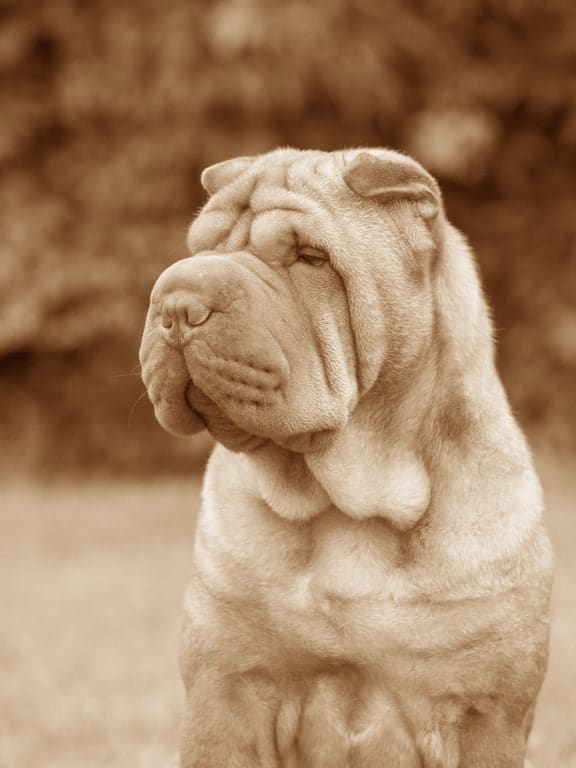
Origin & History
The Shar Pei is an old Chinese dog breed. This representative of the ancient breed lived in the south of China. The Shar Pei can be traced back to the Han Dynasty (206 BC to 220 AD) through historical finds.
This so-called ancient breed is genetically different from other dog breeds. In 2010, investigations revealed that the Shar Pei has mixed with Chinese wolves.
The habitat of this dog breed was in the rural areas of southern China. Its main tasks were to protect the house and farm and to chase away wild animals. Its hunting instinct was used to hunt small game and rats. Other sources show that the Shar Pei was also used as a fighting dog until the 19th century.
The first photo of a Shar Pei appeared in an American magazine in May 1971. At the time, it was claimed to be the last dog of its kind. Research revealed that there were only 140 left in the world. The breeder Matgo Law from Hong Kong campaigned to save the dog breed, which was threatened with extinction.
In 1997, the export of Chinese dogs was banned. As early as 1991, 70,000 Shar Pei were registered in the USA. In 1992, the Shar Pei was recognized by the AKC (American Kennel Club). The breeding characteristics were defined at the end of the 1980s. The breed was recognized by the FCI as early as 1981.
The Shar Pei population is slowly recovering. However, it is still considered a rare dog breed. There are now also Shar Pei breeders in Europe.

